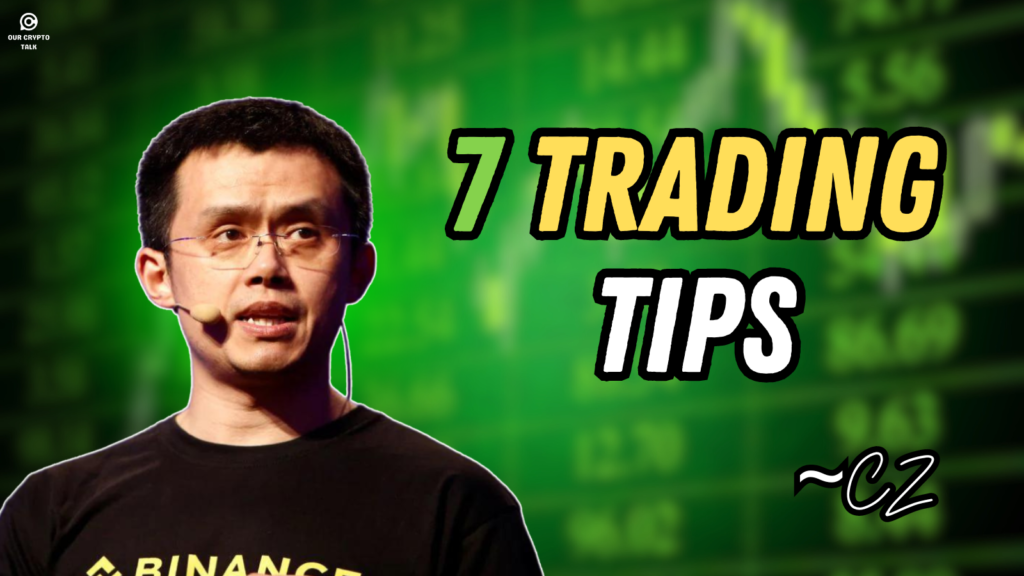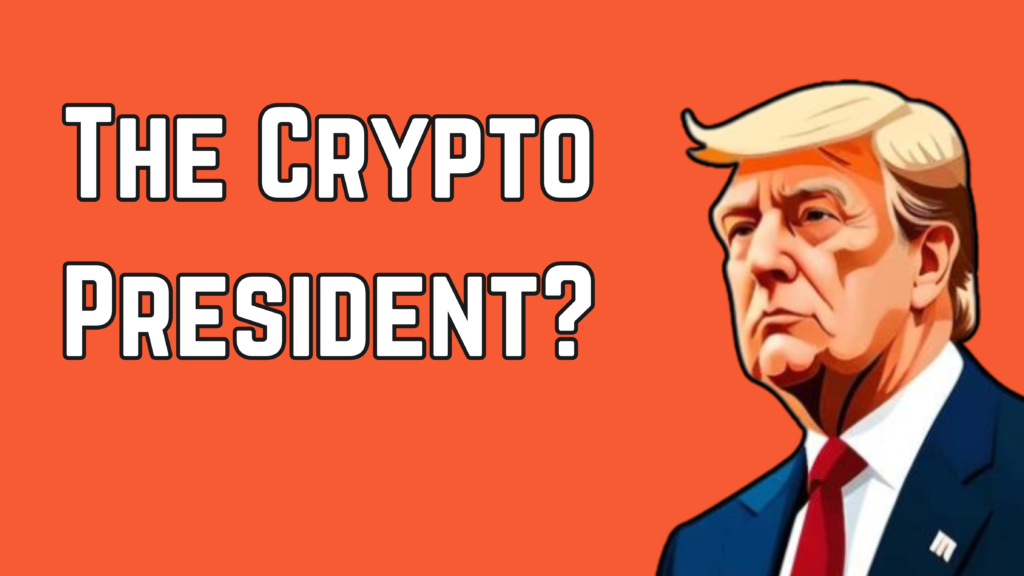Crypto never sleeps — prices rise, collapse, and rise again — but one category remains the silent backbone of it all: stablecoins.
These digital dollars keep your gains safe, move across chains in seconds, and connect blockchain innovation with traditional finance.
As we approach 2026, stablecoins are no longer a niche experiment. They are now a $314 billion asset class, growing faster than any other segment of crypto. According to CoinDesk, monthly transaction volumes hit $1.25 trillion by late 2025 — a number that rivals Visa and Mastercard networks combined. This isn’t just trading activity; it’s global money movement at blockchain speed.
But why focus on stablecoins right now?
Because the regulatory tide has finally turned in their favor. With the U.S. GENIUS Act giving federal clarity and the EU’s MiCA framework bringing structure, 2026 will be the first year stablecoins operate as a legitimized financial instrument rather than a gray-market workaround.
For retail investors, that means safer on-ramps, predictable yields, and more confidence holding profits without worrying about the next market crash.
However, not all stablecoins are built equally — some are highly liquid but opaque; others are slow but transparent.
So in this detailed guide, we’ll explore the Top Stablecoins for 2026 — how they differ, what makes each unique, and how to use them based on your goals and risk tolerance.
The Top Stablecoins for 2026

Below are the five most dominant and promising stablecoins as we move into 2026 — chosen for their liquidity, transparency, regulation, and innovation. Together, they make up over 90% of the entire stablecoin market, controlling the flow of digital dollars around the globe.
1. Tether (USDT): The Unrivaled Giant
Tether remains the undisputed king.
Launched in 2014, it was the first successful attempt at bringing fiat liquidity onto the blockchain. Its purpose was simple: create a digital version of the U.S. dollar that could move globally, instantly, and 24/7.

Today, it’s a $183.4 billion behemoth, powering over 70% of all crypto trading pairs. Whether you trade on Binance, OKX, or a DEX like Uniswap, USDT is everywhere. Its liquidity depth is unmatched, with over $140 billion in daily volume.
The reserves behind USDT include cash, short-term Treasuries, and secured loans, with 99% classified as liquid assets as of Q3 2025. After years of criticism, Tether has worked hard to improve transparency, releasing detailed attestations and adopting global compliance standards.
A big 2025 milestone was the launch of USA₮, a U.S.-regulated version compliant with the GENIUS Act, allowing American institutions to use Tether through proper legal channels. CEO Paolo Ardoino confirmed that U.S. institutions could soon use Tether for remittances, on-chain payrolls, and NFT marketplaces.
Why hold USDT in 2026:
It’s the liquidity fortress of crypto. You can enter and exit positions instantly with minimal slippage. It’s ideal for traders who want flexibility, remittance users in emerging markets, and investors needing cross-chain utility.
Risks:
Transparency is still limited to quarterly attestations (not full audits), and its offshore structure means you rely on corporate governance trust rather than direct regulation.
Still, for sheer scale and global accessibility, USDT remains at the top of the Top Stablecoins list.
2. USD Coin (USDC): The Compliance Champion
If USDT is the liquidity king, USDC is the credibility king.
Launched in 2018 by Circle and Coinbase, it’s the cleanest, most transparent, and regulator-approved stablecoin available. Every token is backed 1:1 by cash and short-term U.S. Treasuries held at top-tier custodians like BlackRock and BNY Mellon.

Circle publishes monthly audits from Deloitte, a standard no other issuer matches in frequency and depth. When Silicon Valley Bank collapsed in 2023, temporarily freezing part of Circle’s reserves, the company responded transparently and resolved the issue within 48 hours — restoring confidence almost immediately.
USDC’s 2025 market cap stands at $75.8 billion, with daily volume topping $40 billion. The token is integrated into 15 blockchains, from Ethereum and Base to Solana and Avalanche. It’s now the preferred stablecoin for Visa, Mastercard, and Coinbase’s payment rails.
Circle’s NYSE listing in 2025 gave the company new legitimacy and capital, positioning it to expand into Asia and the Middle East.
Why hold USDC in 2026:
It’s the best choice for long-term safety. If you’re parking profits, earning stable yields, or want compliance-ready peace of mind, this is it. Yields of 4–6% APY are realistic through Circle’s programs or DeFi protocols like Aave and Compound.
Risks:
USDC enforces strict compliance. That means blacklisted addresses under sanctions or investigations can be frozen. Some decentralization purists dislike this level of control.
But for mainstream adoption and security, USDC ranks highest among the Top Stablecoins for trust and regulation.
3. Ethena USDe: The Yield Innovator
The new kid on the block, Ethena USDe, represents the next generation of stablecoins — yield-bearing, algorithmically hedged, and natively DeFi.

Launched in 2024, Ethena combines spot and futures markets to maintain its peg through delta-neutral strategies. This means it holds long spot crypto positions while shorting futures — neutralizing price volatility while collecting funding rate yields.
In plain words: it’s a synthetic stablecoin designed to produce yield safely and predictably.
Founder Guy Young, an ex-Jane Street trader, built Ethena to solve the inefficiency of idle fiat-backed reserves. By 2025, USDe had surpassed $9.2 billion in market cap and was earning users between 10–15% APY, depending on market conditions.
Its decentralized governance, powered by the ENA token, ensures community oversight of its hedging strategies. Ethena also integrates real-world assets, expanding its backing base beyond crypto.
Why hold USDe in 2026:
For investors comfortable with DeFi mechanics, USDe offers yield that beats inflation without relying on banks. It’s perfect as a “yield sleeve” in a stablecoin portfolio — not your entire balance, but enough to boost returns.
Risks:
Because it’s synthetic, its peg depends on derivatives markets. Extreme volatility or illiquidity could affect its performance. Always monitor Ethena’s dashboards before holding large amounts.
Still, for yield seekers, USDe earns its place among the Top Stablecoins as the most innovative choice.
4. Multi-Collateral DAI: The Decentralized Purist
DAI is crypto’s original decentralized stablecoin. It was born from a radical idea by MakerDAO founder Rune Christensen — a dollar that lives entirely on-chain, governed by code, not companies.

Launched in 2017, DAI uses overcollateralized vaults. Users lock crypto assets like ETH or RWAs (real-world assets) to mint DAI, ensuring every token is backed by more value than it represents.
DAI survived every market crash, including Terra’s 2022 collapse, by maintaining transparency and overcollateralization. As of 2025, MakerDAO manages over $10 billion in locked value, with DAI’s market cap around $5.3 billion.
It’s also evolving. Maker’s Endgame Plan aims to integrate AI agents for governance and expand RWA holdings (like U.S. Treasuries) for yield stability.
Why hold DAI in 2026:
If you believe in decentralization and censorship resistance, DAI is your go-to stablecoin. The Dai Savings Rate (DSR) currently pays 6–8% APY, fully on-chain. You don’t need intermediaries — just connect your wallet and earn.
Risks:
Overcollateralization limits scalability, and high ETH volatility can trigger liquidations. Governance changes may also shift parameters, so active holders should follow MakerDAO updates.
Still, DAI remains the most trusted decentralized dollar and a cornerstone of DeFi — one of the Top Stablecoins for users who value sovereignty.
5. USD1: The Political Upstart
The newest entrant in the top five, USD1, is backed by World Liberty Financial (WLF) — a firm born out of 2024’s wave of pro-crypto U.S. policy movements.

Launched in early 2025, USD1 quickly grew to a $2.9 billion market cap by November. It’s fully backed by U.S. Treasuries and cash equivalents and audited monthly, aligning with the GENIUS Act’s transparency requirements.
Its differentiator is distribution: WLF is building debit card networks, loyalty programs, and consumer payment rails, making USD1 usable beyond crypto circles. The stablecoin’s marketing and partnerships — including political endorsements and retail tie-ups — have made it surprisingly mainstream.
Why hold USD1 in 2026:
It’s a bridge between traditional finance and crypto spending. Perfect for newcomers and retail users looking to spend or save without touching volatile assets. Early holders also enjoy ecosystem yields between 3–5% APY.
Risks:
It’s still young, with less stress-tested history. Institutional adoption depends on whether U.S. regulatory sentiment remains pro-crypto.
But its strong branding and government-aligned compliance give it a real shot at scaling across payments and retail — making USD1 the wild card of the Top Stablecoins list.
How to Build a Balanced Stablecoin Strategy
Retail investors in 2026 can think of stablecoins as portfolio layers:
- USDT (Liquidity Layer): Use for trades and transfers.
- USDC (Trust Layer): Use for capital storage.
- DAI (Decentralization Layer): Use for on-chain yield.
- USDe (Yield Layer): Use for higher returns.
- USD1 (Utility Layer): Use for spending and accessibility.
A simple allocation could look like this:
40% USDC, 30% USDT, 15% DAI, 10% USDe, 5% USD1 — balancing safety, yield, and flexibility.
Conclusion
The Top Stablecoins for 2026 define more than just a safe haven — they are the infrastructure of the digital economy. They enable global commerce, support DeFi, and democratize finance for millions who’ve never had stable money before.
USDT will likely stay dominant in liquidity. USDC will keep leading in regulation. DAI and USDe will power decentralized growth. USD1 will drive new retail adoption.
Whether you’re an experienced investor or a newcomer preserving profits, holding the right mix of these stablecoins could make 2026 your most secure and productive year in crypto yet.



